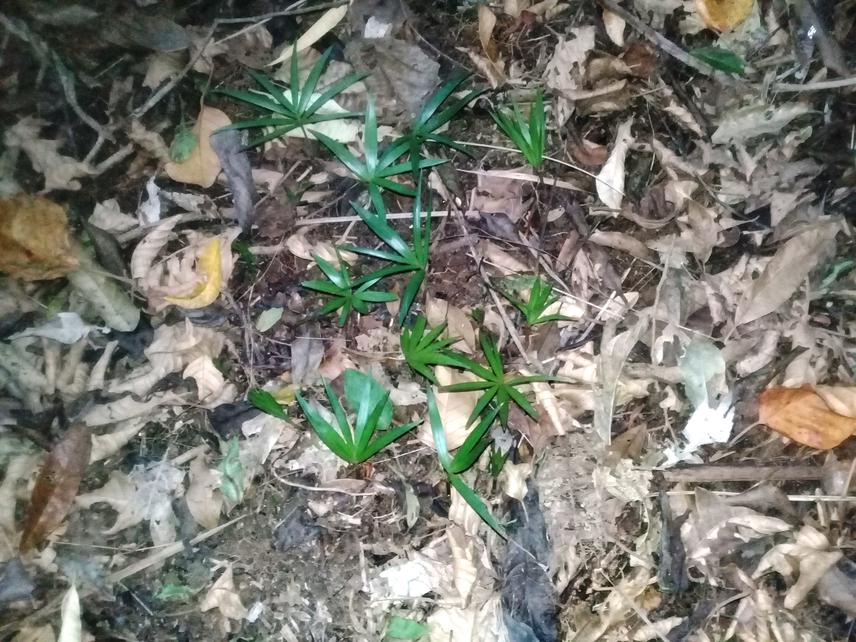Thiago Henrique de Almeida Gramigna
Euterpe edulis is a keystone species very important to Atlantic Forest since it can benefit many other species of community. Actually, in despite of its exploration pass this palm has been used to forestall enrichment programs for reforestation and agroforestry system by local population. But these palms are distributed in a large altitudinal variation places and the population origin can affect the establishing and the efficacy of those programs.
The aim of this work is to elucidate these doubts and contribute to increase the success on planting these palms that are very important to maintenance of forest. We want to contribute with knowledge to turn better the heart of palm success establishing for forestall enrichment reforestation programs and to produce “juçaí”, an agroforestry economic activity. Hence, other study goals are analyze the herbivory pressure from each altitudinal zone and its impact about the original and transplanted population, leaf area loss and mortality.

Young palm growing inside a forest.
Euterpe edulis, known as heart of palm, is a keystone species on Atlantic Forest because produces a large number of flowers and fruits used as food source for many vertebrate and invertebrate animals. Frequently form gathering, amplifying the food availability and attracting to its site many pollinators and frugivorous dispersers animals that benefit other plants of community. Has a very economic importance in Brazil and was excessively exploited for the extraction of the palm heart which caused a strong decrease of its population. In addition, the deforestation of last centuries and massive human occupation of its site reduced the Atlantic Forest to less of 8 per cent of the original area.
Actually, occurs mostly in fragmented landscapes, in protected zones and regions from hard-to access. It’s an understory species always needing of forests to survival. The Atlantic Forest is a biodiversity hotspot and understand the establishing and survival process of this species which has a large interaction with the fauna and flora is necessary to preserve this species and to maintenance of its natural environment. Moreover, this palm has a new economic potential that can help to preserve the forest.
This study will be realized with E. edulis populations from two sites in different altitudinal zones. The first area is the Reserva Ecológica de Guapiaçu (REGUA) located to 80 km to the north-east of Rio de Janeiro in Cachoeira de Macacu city. This reserve keeps an area of 7.385 he and preserve one of the lasts original native Atlantic Forest in Rio de Janeiro State. Our study site is around 300m above sea level.
The second area is the Parque Nacional da Serra dos Órgãos (PARNASO) located to 90 km to downtown of Rio de Janeiro and is between four cities being Teresópolis, Petrópolis, Magé and Guapimirim. This reserve keeps an area of 20.000ha preserving large regions covered of Atlantic Forest. Our study to PARNASO is around 1100m above sea level.